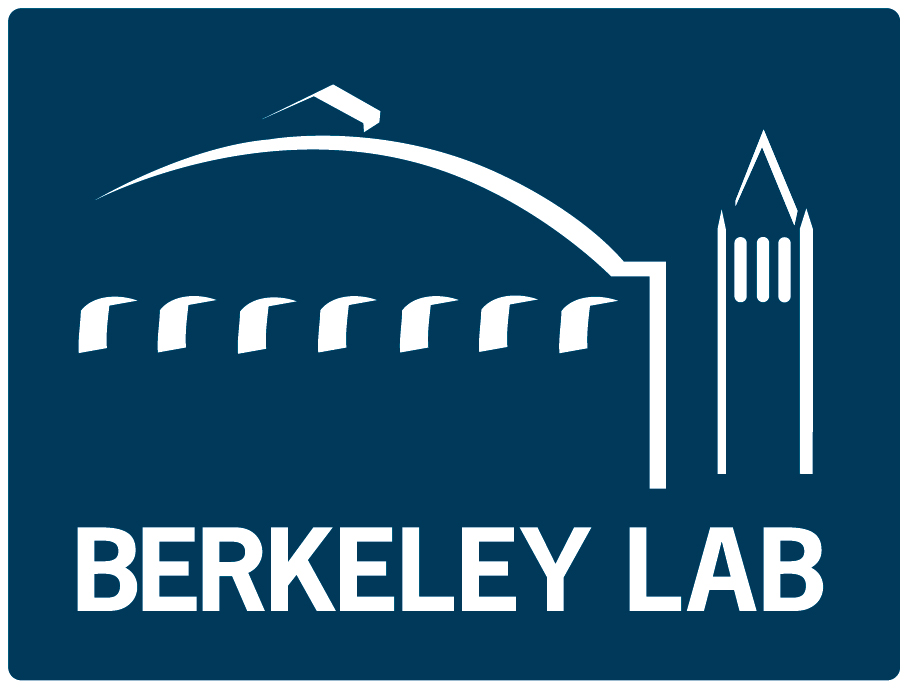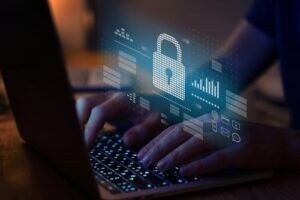Cybersecurity Technologies
Identifying Computational Operations Based on Power Measurements (2016-053 / 2017-112)
This innovation enables non-invasive monitoring and “fingerprinting” of computing systems, including supercomputers and data centers, by analyzing high-resolution power consumption data. It uses highly sensitive measurement devices to infer computational operations and detect unauthorized use, offering a low-risk, non-intrusive alternative to traditional monitoring methods. The approach is more practical than earlier software-based solutions, minimizing computational overhead and increasing the likelihood of regular deployment. The software used to make inferences is a complementary proprietary technology developed by the same inventors.
Inventors: Sean Peisert, Charles P McParland, Bogdan Copos
Contact: Sebastian Ainslie
Leveraging Trusted Execution Environments (TEE) for Secure, Privacy-Preserving Data Processing (2019-034)
This technology is a scientific computing environment that combines trusted execution environments (TEEs), multiparty computation, and blockchain smart contracts to provide robust data security and privacy. Using this distributed system, sensitive data is protected through hardware isolation and encryption, with strict output policies enforced by “data guards.” The architecture eliminates the need to trust system administrators, reduces liability for data centers, and delivers performance comparable to computing in cleartext, making it ideal for scalable operations that require maximal data privacy.
Inventors: Sean Peisert
Contact: Sebastian Ainslie
LBNL DDoS Detection on Science Networks v0.1 (2018-071)
This technology is a modular software tool for detecting denial of service attacks on research and education networks. It distinguishes malicious activity from legitimate, high-volume “elephant flows” typical in scientific data transfers. The tool monitors network logs in real time, applying customizable analytics modules to identify abnormal patterns and potential attacks. Configuration is flexible, allowing users to add new detection tests and adjust parameters as needed.
Inventors: Sean Peisert, Chen-Nee Chuah, Dipak Ghosal, Ross Gegan, Chang Liu
Contact: Sebastian Ainslie
Analytics for Stream-Processing Architecture for Real-time Cyber-physical Security (Analytic-SPARCS) v0.9 (2018-076)
This technology is a set of analytic software designed to detect cyber attacks on distribution grid substations by monitoring both power measurements (via µPMUs) and Supervisory Control and Data Acquisition (SCADA) communications. Integrating with the Zeek Network Security Monitor and the SPARCS architecture, this software enables real-time detection of threats to critical infrastructure
Inventors: Sean Peisert, Ciaran Roberts, Reinhard Gentz, Mahdi Jamei
Contact: Sebastian Ainslie

